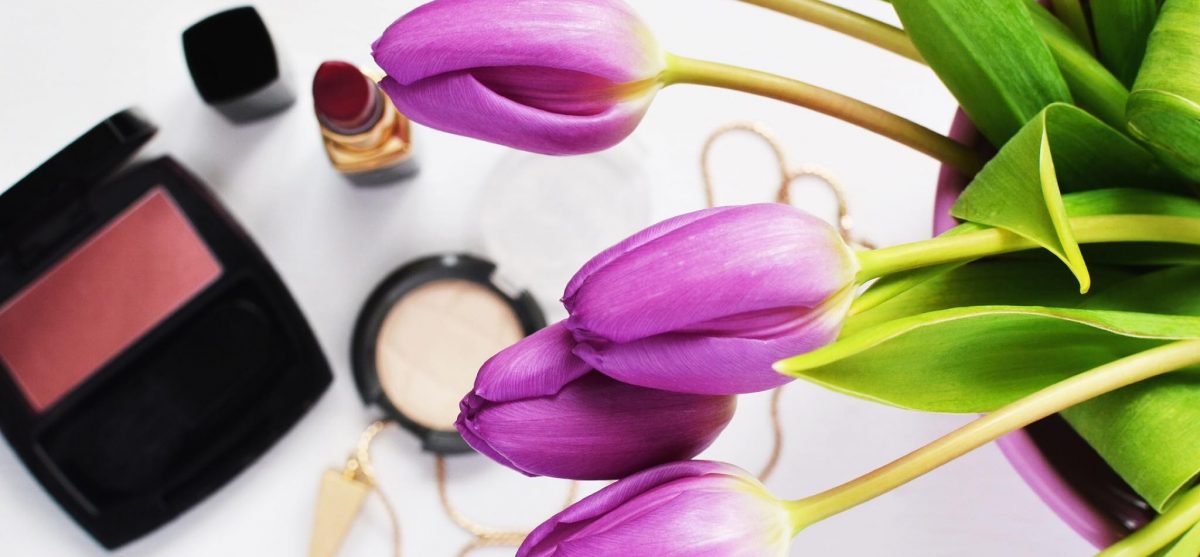All of us have seen a picture of a jellyfish-looking plastic bag floating in front of a sea-turtle, or of the “Great Pacific Garbage Patch” floating between California and Hawaii. Maybe these images make you roll your eyes, or maybe they momentarily strike you with sadness…but, unless you absolutely adore sea turtles, they are easy to forget.
I lived most of my teen and early adult life in the cycle of being saddened by these pictures, and then quickly forgetting as I placed my latest Target purchases in a plastic bag. Over the years, traveling to island nations were some of my most eye-opening experiences.

The house where I stayed on the Island of Azucar in 2006 in the San Blas Islands off the coast of Panama 
A beach along the road to Hana in Hawaii, 2018 
A view of the Caribbean Ocean from Nassau, Bahamas in 2010
In an indigenous island nation in the middle of the Caribbean sea, it was easy to see the effects of plastic and other waste piling up along the shoreline. In touristy parts of Hawaii and the Bahamas, modern sanitation made it less visible, but the effects of plastic washing in from the ocean could still be seen. Living in the landlocked Midwest, ocean plastic waste might not be in the front of our minds, but that doesn’t make it less real.
My hardest wake-up call, though, came from a simple children’s book. I had purchased it for my classroom when I taught 6th grade, but even as an adult, it hit me right in the feels: One Plastic Bag by Miranda Paul.
Plastic waste does more than destroy natural beauty and harm wildlife (keep in mind that it is estimated that 91% of plastic is not recycled, even if it is initially put in a recycling bin). For the 97% of the world’s population living in under-developed or “third world” nations, plastic waste can be deadly. That’s not to say that plastic waste can’t be deadly for the remaining three percent- our modern day garbage disposal systems might hide the ugliness of plastic waste, but it just delays the long-term consequences. People living in under-developed or indigenous villages are just the first to see what comes from excessive plastic waste:
The spread of disease
Piles of plastic collect water from rain or nearby bodies of water. Because this water is stagnant, it is a breeding ground for bacteria, and for mosquitos and other pests that might spread diseases such as malaria. Anti-bacterial and anti-viral cleaning supplies are rarely readily available. According to UNICEF, over 1 million people die from Malaria each year, with the majority being children under five years old.
The Loss of Domestic and Wild Animals
Sea turtles may be the poster animal for death by plastic waste, but wildlife and domesticated animals are all at risk (if you have a cat, you know how hard it can be to keep them from chewing plastic!). For a farmer in the United States, a lost animal can mean an insurance claim and a pretty big financial hit to their farm. For people living in indigenous or rural villages in other parts of the world, a dead animal can mean the loss of their livelihood and food source. A drop in a wild animal’s population can also mean the loss of a hunted food source, or a serious blow to the ecosystem that people depend on for their way of life.
Exposure to Toxic Fumes
Without space or tools to dispose of plastic, burning it becomes a common practice in many parts of the world. Throwing one bag into a bonfire might not seem like a big deal, but when burning large quantities is a regular practice, repeated exposure to the causes increased risk of heart disease and respiratory infections such as asthma or emphysema, and damage to the nervous system. Remember, the nations affected are often ones where modern medical care is limited if available at all, and these diseases can all be life-threatening even under the care of the best doctors and hospitals.
Strangled Vegetation
If you’ve ever had one plastic bag blow into your garden or flower bed, you’ve seen the damage it can cause. Piles of plastic waste are destructive to both gardens and farmland, and to wild plants and trees. Again, this means the loss of food and destruction to the local ecosystem, and it also means destruction of raw materials that may be vital to the local economy and may play a major role in goods sold in the United States (if you have read all of this and don’t care yet- could the potential loss of your favorite shampoo or medicine get your attention?).
Plastic waste is destructive to human life. If you call yourself Pro-Life (as I do), please stop and ask:
Are you pro-lives of other nationalities and races?
Are you pro-lives in other cultures?
Are you pro-lives that speak a different language, and don’t use the same modern conveniences that you do?
Are you pro-lives that were born in completely different parts of the world than you?
Are you pro-life enough to be mildly inconvenienced by trying to avoid creating plastic waste, knowing that your inconvenience could save a village from suffering?
Watch next week for part 2 with some tips on reducing plastic waste in your life and your beauty routine! If you need ideas to get started, check out trashisfortossers.com.

